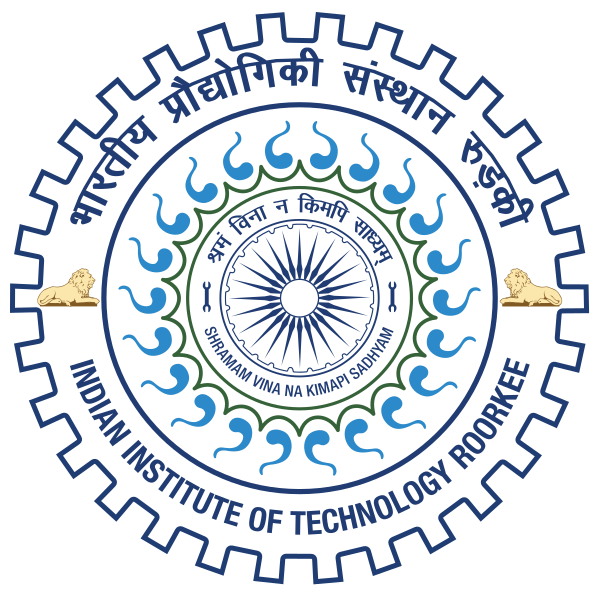Please use this identifier to cite or link to this item:
http://localhost:8081/jspui/handle/123456789/1968Full metadata record
| DC Field | Value | Language |
|---|---|---|
| dc.contributor.author | Chavan, Mohan Kumar | - |
| dc.date.accessioned | 2014-09-26T07:12:02Z | - |
| dc.date.available | 2014-09-26T07:12:02Z | - |
| dc.date.issued | 2011 | - |
| dc.identifier | M.Tech | en_US |
| dc.identifier.uri | http://hdl.handle.net/123456789/1968 | - |
| dc.guide | Devadas, V. | - |
| dc.description.abstract | An urban system comprises of few interacting subsystems, which include physical, social, economic, ecology, environment, infrastructure and institution .subsystem and function as an integral whole. All subsystems comprising the urban system are inextricably linked since they are not only interconnected but also interdependent to each other. The present investigation attempts to have a close look at the micro level. Transportation subsystem which is the part of physical infrastructure in an urban system, and undertakes in-depth investigation in it and finally making use of the multiple complex linkages within the urban system, project the future scenarios and arrive at a set of plausible guidelines for promoting the transportation segment of the infrastructure subsystem of the system. An extensive field survey was conducted to collect the relevant data and suitable quantitative techniques are employed to quantify the features of the system pertaining to physical, social, economic, ecology, environment, infrastructure and institution subsystems of the system. A system dynamic model was developed, validated and employed for projection and developed the projected year model by considering population, population density, household vehicle ownership, vehicular population, modal split, vehicular density, congestion, fuel consumption and vehicular emission load. The model was also used for generating alternative scenarios for investigating the behavior of the system in several alternative conditions by considering set of certain infrastructure parameters which include changes in two-wheelers, three-wheelers, cars, other vehicles, buses, transportation area, and bicycle trips. The study enables a close examination of the overall implications of several alternative policy options characterized by combination of relevant control parameters. Bangalore city, one of the fast growing metropolitan cities in India was selected for the purpose of this investigation. This study examined the structure of transportation pertaining to different mode of transportation used and total trips, travel demand - by different mode of transportation, fuel consumption and vehicular emission load by different mode of transportation, vehicle density, and congestion which highly influence iii the transportation segment of the system. Finally, a set of policy guidelines was developed and recommended for having optimal transportation system in the system. | en_US |
| dc.language.iso | en | en_US |
| dc.subject | TRANSPORTATION SYSTEM | en_US |
| dc.subject | METROPOLITAN CITIES | en_US |
| dc.subject | INFRASTRUCTURE PARAMETERS | en_US |
| dc.subject | TRANSPORTATION SUB-SYSTEMS | en_US |
| dc.title | PLANNING FOR OPTIMAL TRANSPORTATION SYSTEM IN BANGALORE CITY, INDIA | en_US |
| dc.type | M.Tech Dessertation | en_US |
| dc.accession.number | G21615 | en_US |
| Appears in Collections: | MASTERS' THESES ( A&P) | |
Files in This Item:
| File | Description | Size | Format | |
|---|---|---|---|---|
| APDG21615.pdf | 33.48 MB | Adobe PDF | View/Open |
Items in DSpace are protected by copyright, with all rights reserved, unless otherwise indicated.

